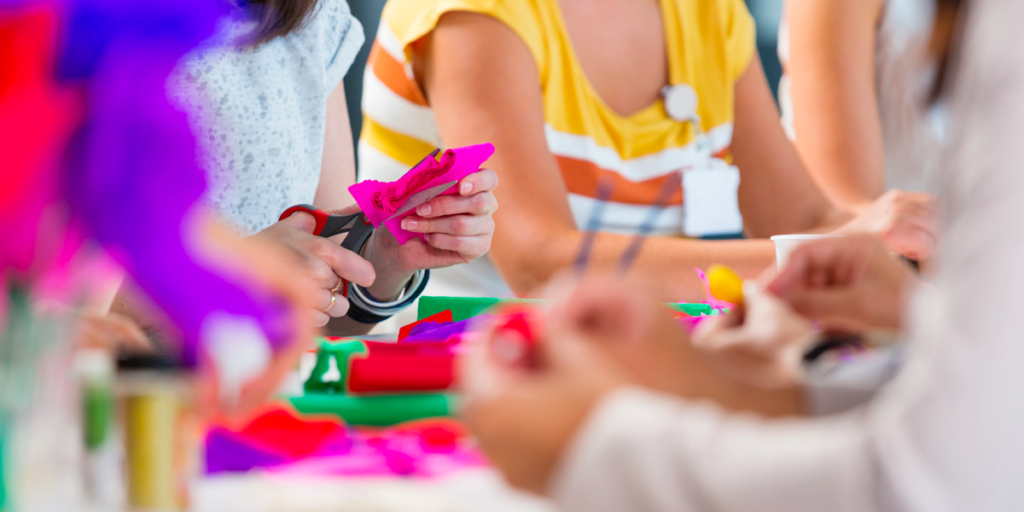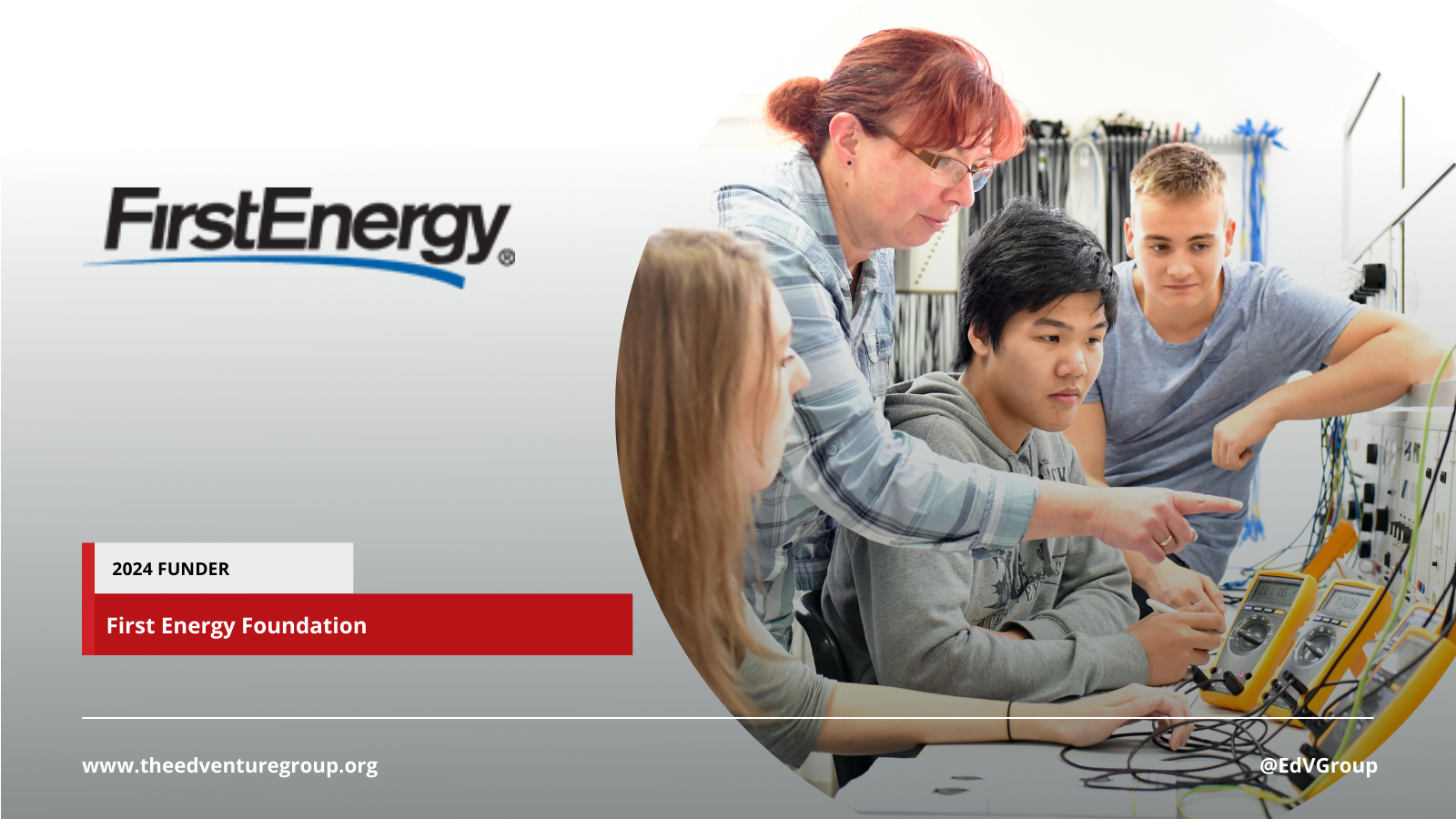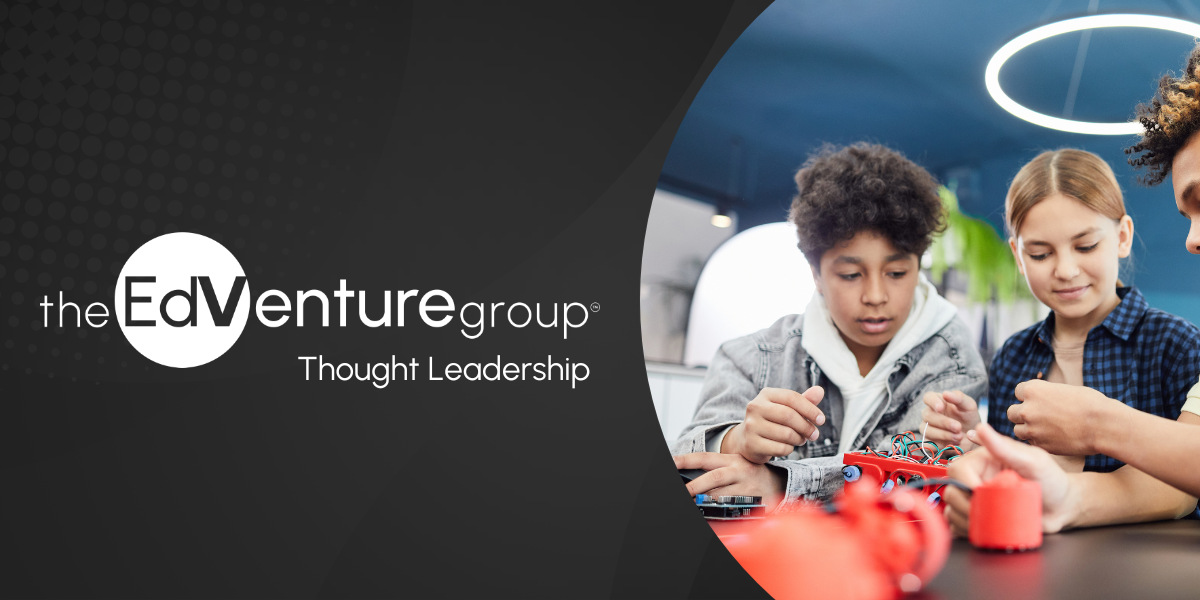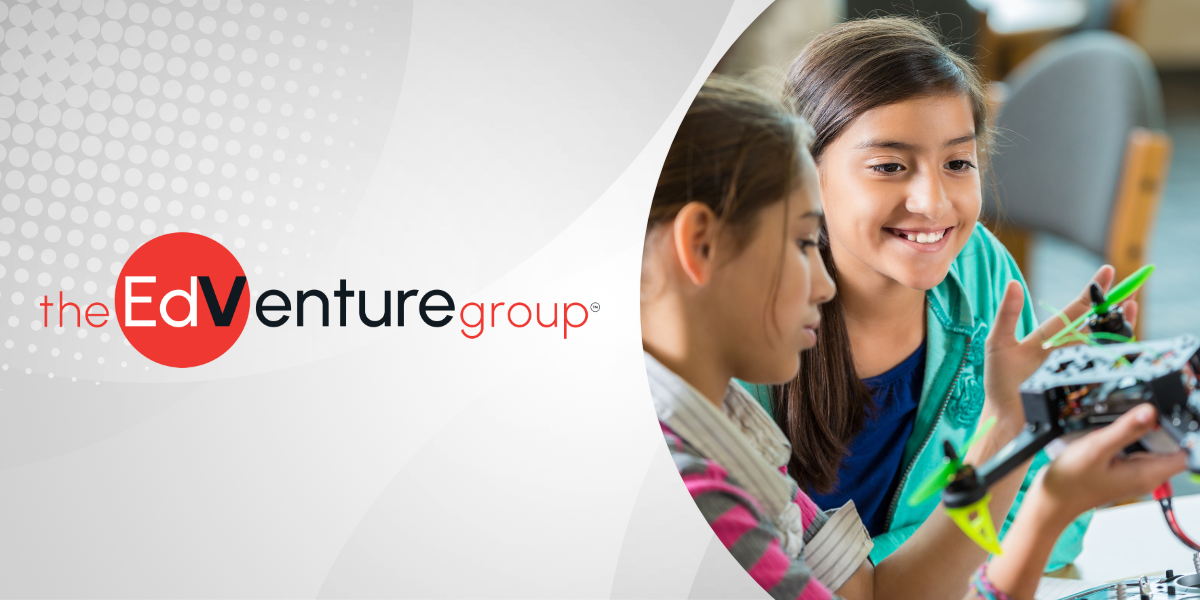
The Fear of the World: Public Speaking
Growing up in a small town in rural West Virginia was an experience I would not trade for the world. I would regularly run into a neighbor at the

If you haven’t noticed- there’s a lot of buzz around makerspaces in education lately. Does this movement have longevity, or is it another educational fad that will fade away in a few years? As an educational nonprofit, our staff has watched new initiatives come and go. When it comes to makerspaces, we believe this concept is here to stay.
Makerspaces authentically infuse 21st Century Skills within the learning process. These spaces foster inquiry-based learning, where the experience (rather than the product) moves learning forward. These spaces build opportunities to spark creativity and wonder, while simultaneously developing a maker mindset to solve real world problems.
These are areas where students come to explore, build, and create in a pedagogical practice known as tinkquiry – tinkering + inquiry.
Students inherently adopt a design thinking process by identifying a problem, ideating strategies to solve that problem, and creating possible solutions. One of the most critical learning outcomes within these spaces is the entrepreneurial concept of failing forward. Makerspaces create an environment where failure is part of the process. This provides the students an opportunity to learn from their mistakes, pivot, and move forward. This type of learning fosters grit and perseverance that is often missing in standards- and time-based classrooms.
At The EdVenture Group, we’ve witnessed makerspaces activate student learning and engagement. When combined with an entrepreneurial lesson, it creates a viable and tangible product that addresses a need or a problem in multiple ways. Makerspaces are a great tool to foster individualized learning, as they provide spaces for children to tinker, explore, and create solutions that meet their individual passions. We’ve worked extensively with K-12 teachers to support the development of low-cost makerspaces in the classroom. Makerspaces can be infused into any subject/grade level, and are a great asset for cross-curricular collaboration.
The toughest part is getting started. Once created, these spaces become collaborative environments shaped by your students. Below, we’ve compiled a few helpful resources to kick start your progress in building a makerspace in your classroom:
Project Kickstarters:

Growing up in a small town in rural West Virginia was an experience I would not trade for the world. I would regularly run into a neighbor at the

July 17, 2024 – Morgantown, WV – The EdVenture Group, Inc. has received an $8,000 award from the First Energy Foundation to support the organization’s

The “digital bystander effect” is a term derived from the long, well-established concept of the “bystander effect”. This phenomenon, presented by two social psychologists John

Student motivation is a driving source of a thriving classroom. Without it, learning becomes a chore, engagement dwindles, and the path to academic success feels

Congratulations to the 16 participants who successfully completed the six-month Building Efficacy in STEM Today (B.E.S.T.) Community of Practice. Participants had the opportunity to earn

The EdVenture Group, in partnership with the West Virginia Department of Education, is pleased to announce the awardees for the Leaders Investing in Family Engagement